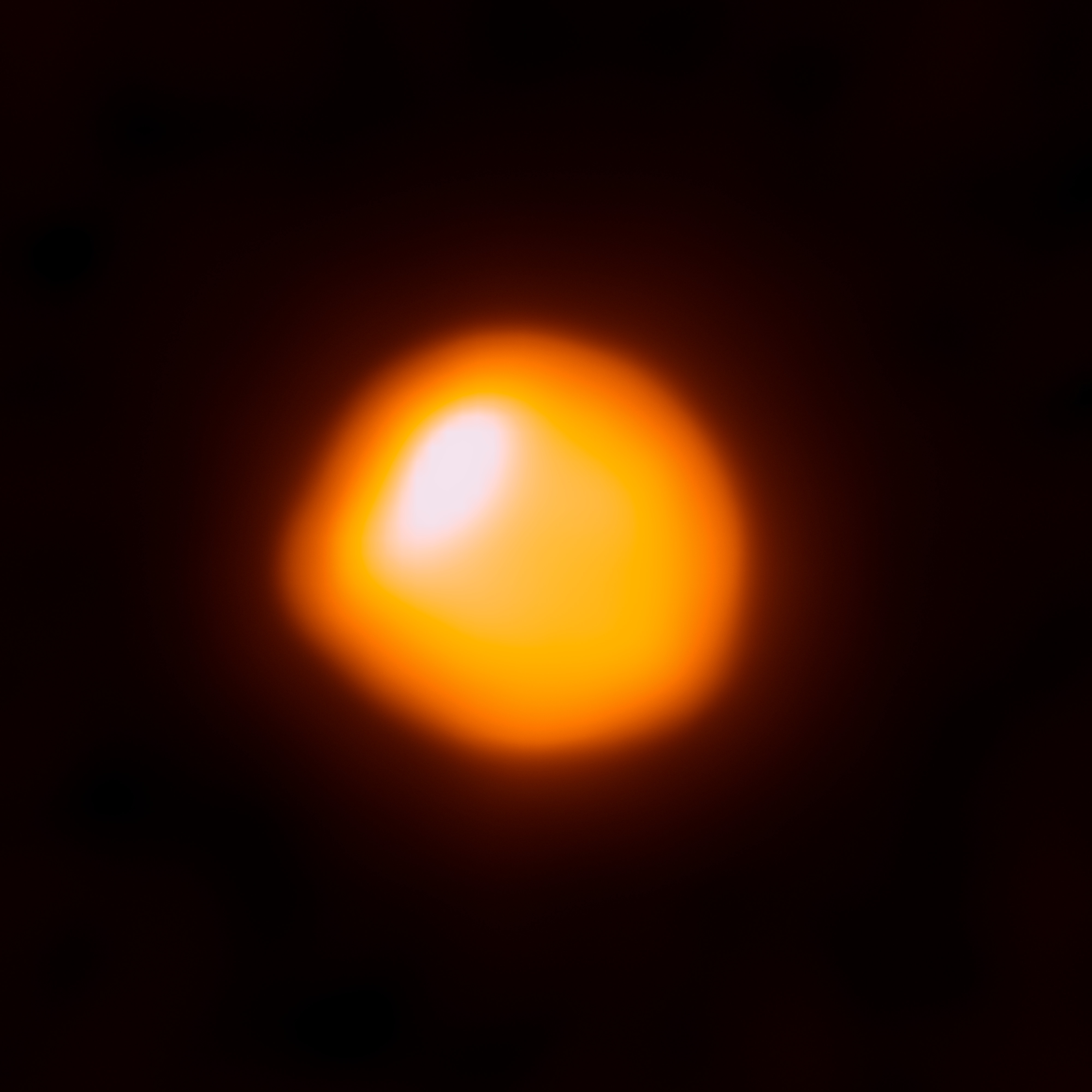Rotating black holes are formed in the
gravitational collapse of a massive spinning
star or from the collapse or collision of a collection of compact objects, stars, or gas with a total non-zero angular momentum. As all known stars
rotate and realistic collisions have non-zero angular momentum, it is expected that all black holes in nature are rotating black holes. Since observed astronomical objects do not possess an appreciable net electric charge, only the Kerr solution has astrophysical relevance.
In late 2006, astronomers reported estimates of the spin rates of black holes in
The Astrophysical Journal. A black hole in the Milky Way,
GRS 1915+105, may rotate 1,150 times per second,
[2] approaching the theoretical upper limit.


